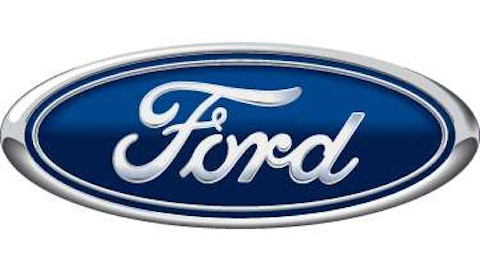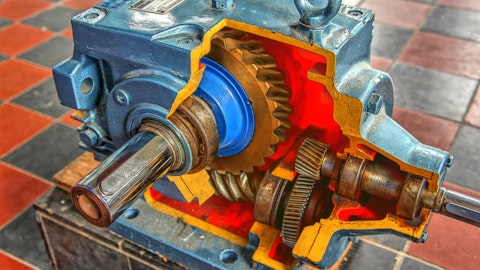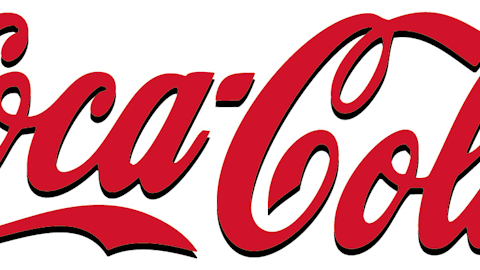Genuine Parts Company (NYSE:GPC) has grown its sales in 63 of the last 65 years and increased its profit in 50 of the last 54 years. How many of your holdings can make those claims?

GPC also has a 3.1% dividend yield and has steadily increased its dividend for 59 consecutive years with dividend growth averaging 7% per year over the past decade.
Very few companies have such a proven track record of steady growth, but GPC offers even more than that. This is the type of company we look for in our Top 20 Dividend Stocks portfolio.
Among the smart money investors tracked by Insider Monkey, GPC is not very popular, with just 23 funds holding long positions as of the end of the third quarter of 2015, compared to 27 funds a quarter earlier. Moreover, these investors held stakes worth $391.73 million in aggregate at the end of September, which represented around 3.10% of the company’s outstanding stock. Billionaires Mario Gabelli’s GAMCO Investors and Jim Simons’ Renaissance Technologies are among the funds bullish on GPC, owning 2.29 million shares and 565,308 shares, respectively.
Business Overview
GPC was founded in 1928 and distributes automotive replacement parts, industrial replacement parts, office products, and electrical materials. Its products and services are offered through a network of approximately 2,600 operations throughout the U.S. (82% of sales), Canada (10%), Mexico (1%), Australia (7%), and New Zealand.
By segment, GPC generated 53% of its 2014 sales from the automotive market (under the NAPA brand – GPC owns about 1,100 of the 6,000 NAPA stores it delivers to), 31% from industrial markets, 11% from office products, and 5% from electrical materials.
Business Analysis
GPC’s primary competitive advantages are its extensive distribution network, breadth of products, long-standing customer relationships, and brand name reputation.
The company is a leading distributor to its four primary end markets with #1 or #2 market share positions in every segment. As one of the largest players, GPC can afford to hold more inventories and offer better delivery times than many of its competitors.
The company maintains about $3 billion worth of merchandise on its balance sheet. Its automotive parts business provides access to nearly 459,000 products and its industrial parts business offers access to more than 5.9 million industrial replacement parts and related supplies. To effectively compete with GPC’s leading coverage of products, new entrants would need to invest significantly in inventory.
GPC’s network of distribution centers and supply chain management expertise are additional advantages. The company’s auto business has the largest auto parts network in the U.S. with 60 distribution centers that deliver products to about 6,000 NAPA Auto Care stores.
These distribution centers must be conveniently located and are able to offer 24/7/365 product delivery. Over time, GPC has built a strong reputation for selling quality parts in a timely, cost-effective manner. It’s also worth noting that roughly 90% of GPC’s auto aftermarket parts are branded with the NAPA name, building up meaningful brand value and customer trust. Many of GPC’s key accounts (e.g. AAA, Goodyear, Firestone, Midas) could not be effectively served by smaller players in the market.
The auto aftermarket industry is roughly $100 billion in size but highly fragmented. GPC’s leading market share of 8-9% leaves plenty of room for continued consolidation via organic growth and acquisitions (acquired products can be leveraged across GPC’s large distribution network).
GPC’s industrial business has been in business for nearly 70 years and benefits from many of the same factors. It also differentiates by maintaining industry-leading e-business capabilities. This segment’s market is $70 billion in size but very fragmented – GPC’s market share is just 6%.
Unlike selling to original equipment manufacturers, aftermarket business is relatively stable. Vehicles and equipment breaks down and must be replaced. Therefore, the business is less discretionary. Through last year, GPC’s sales increased in 63 of the last 65 years, and its profit grew in 50 of the last 54 years.
While GPC has helped itself with strategic acquisitions and organic growth, it has also gotten lucky from favorable industry trends in the automotive aftermarket space.





